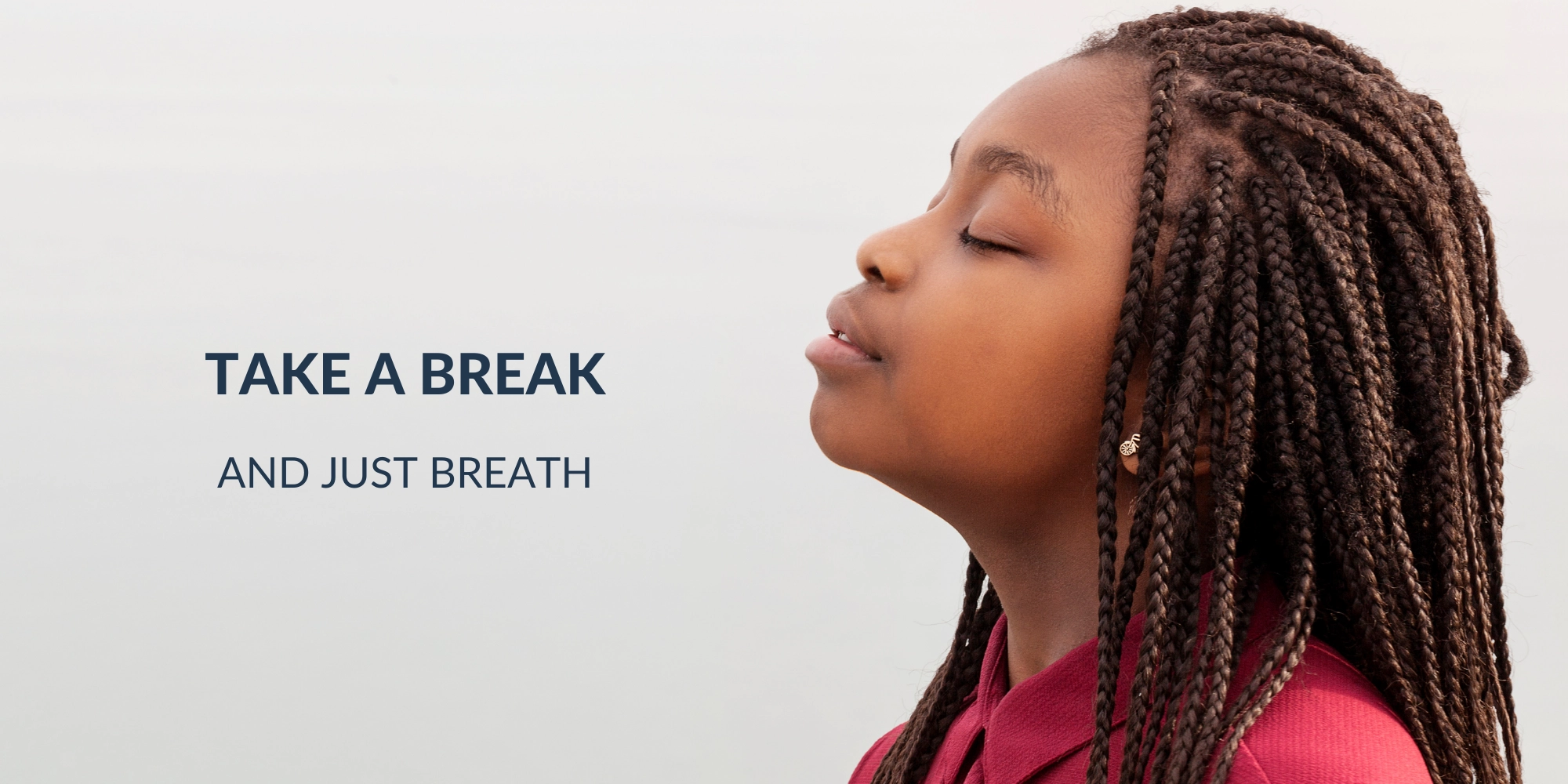If you have scoured the internet in search of the best health practices, you are probably already aware of the numerous benefits that meditation can bring to your physical, mental, and emotional health.
There is no single “best” meditation practice that you need to conform to. Instead, you have a wide range of different practices and techniques to choose from, all of which possess particular benefits that can help you improve various aspects of your overall health.
The most important thing is that you have all the information you need to make the best choices for your own meditation practice.
Like millions of people, you may be dealing with chronic stress. Or, perhaps, you are suffering from high blood pressure or increased anxiety. Fortunately for you, research has confirmed a myriad of health benefits associated with the practice of meditation. These include decreased stress, anxiety, and depression, reduction in pain (both physical and psychological), improved memory, and increased efficiency.
During the process of meditation, accumulated stresses are removed, energy is increased, and health is positively affected overall.
If you are a beginner when it comes to meditation, you may sometimes feel as if there are so many different types of meditation practices, styles, and lingo that you will never figure out where to get started. But even experienced meditators can find new meditation practices that they may not have been familiar with before. Regardless of where you are in your meditation journey, it’s a good idea to find the best resources and the best guides to learn about new types of meditation or to work with you in practices you are already familiar with.
The different types of meditation stem from many different cultural, religious, and spiritual practices, though, and they fit into different types of lifestyles and suit different personal preferences. Rest assured, there is one out there for you!
Read through the following handy guide to get a better understanding of some of the most prominent meditation techniques out there. You can use this guide to find the best type of meditation for you, your lifestyle, and your overall health needs.
Guided vs. Unguided Meditation
Before diving into specific types of meditation, it’s important to look at some of the major distinctions that separate various techniques. One of the most important things to look at when searching for the best meditation practice is whether a meditation regimen is “guided” or “unguided”.
Guided meditation, as the name suggests, will include an experienced meditation teacher who guides you through the different aspects of your particular meditation technique. Powerful guided meditation usually occurs in structured sessions that feature direct interactions with the meditation instructor, either in person or remotely.
During the best-guided meditation sessions, not only will your instructor guide you through the different steps, but they will also provide you with a clearer insight into how your mind and body are responding to the meditation process, and how you can integrate these techniques into your daily life even after the session ends. For this reason, guided meditation is preferred by beginners who would like clearer guidance on where to begin their meditation journey.
By contrast, unguided meditation is any meditation practice that you do on your own without another person guiding you through the process. This method, which is also known as “silent meditation,” tends to be less structured and more spontaneous in nature. While the obvious downside of this type of meditation is that you do not have an experienced instructor providing you with guidance and feedback, it does have the upside of allowing you to set the terms and processes of the meditation session based on your own needs.
Of course, these two types of meditation are not mutually exclusive. Many experienced meditators find tremendous benefits in using both guided and unguided meditation to improve their health and well-being.
Want an in-depth overview of meditation, check out our article 'What is Meditation'.
Calming vs. Insight Meditation
Another important distinction to understand is the difference between “calming” meditation techniques and “insight” meditation techniques. Calming meditation techniques will help you achieve a more calm and focused mental state. Common techniques used in calming meditation include focused breathing, body scanning, and visualizing calming mental images. These techniques are usually specifically designed to help reduce your stress and anxiety levels, focus your attention, or simply help you achieve a much quieter and calmer mental state.
Insight meditation techniques, on the other hand, are designed to help you transform your mental state by achieving greater insight and/or enhancing positive mental qualities. Insight meditation techniques involve breathing exercises, following natural thought patterns, and noting mental distractions as they arise. While calming meditation techniques often involve focusing on exterior objects or repeated mantras, insight meditation techniques tend to involve focusing on internal processes, such as breathing.
Calming and insight meditation are not mutually exclusive. Many meditation techniques combine elements of both and work to help you achieve a state of calm while also achieving greater insight and a positive mental transformation.
Common Types of Meditation
Sofia Health is an excellent source of classes and instructors for meditation practices that can help you in your day-to-day life.
1. Guided meditation
Whether you’re an absolute beginner, an experienced meditation practitioner, or anywhere in between, you can find guided meditation sessions currently available on Sofia Health. These sessions are guided by experienced and friendly instructors who will provide you with all the guidance and feedback that you may need to achieve your desired state of calmness, mental insight, and overall wellness.
2. Yoga meditation
Yoga meditation is a type of meditation that uses specific postures and neuromuscular movements to achieve physical, mental, and spiritual balance. With Sofia Health, you can find some of the best, most experienced Yoga instructors who will guide you through different types of Yoga and different techniques to achieve your designed outcomes.
3. Chakra meditation
Chakra meditation involves the concept of the “chakra,” one of the body’s main centers of energy. Chakra meditation is designed to unblock and rebalance these chakras to improve both mental and physical health. Through Sofia Health, you can find experienced Chakra meditation guides who will help you get started, bringing your energy center into balance to maximize your health and well-being.
4. Mantra meditation
Mantra meditation involves the repetition of a special “mantra” to achieve peace and greater insight into your inner self. The mantra is usually a repeated word or phrase of your choosing. When you focus your attention on the repetition of your mantra, you will engage your mental energy with the vibrations associated with the mantra itself. This will allow you to achieve a deeper state of being.
5. Spiritual meditation
Spiritual meditation techniques are those that will help you connect with something much more significant than yourself. Spiritual meditation can complement specific religious beliefs (for example, Christianity, Buddhism, Hinduism, and so on) or a more generalized sense of spiritual connection.
6. Present-moment meditation
The main goal of present-moment meditation (also known as “mindfulness” meditation) is to switch your conscious state from one of “thinking” to one of “sensing.” Essentially, present-moment meditation will help you embrace the present moment as it is, without any negative thoughts or emotions. It then allows you to be at peace with your thoughts as they organically arise.
7. Transcendental meditation
Transcendental meditation, as its name suggests, is designed to help you “transcend” your current state of being and achieve a greater sense of enlightenment. In many cases, transcendental meditation overlaps with mantra meditation, since the repetition of specific mantras is often an important part of transcendental meditation practice. For beginners, transcendental meditation usually involves sitting with your eyes closed and repeating your preferred mantra for around 20 minutes two times a day.
8. Vipassana meditation
Vipassana meditation arises from Vipassana teachings, which hold that the true nature of reality is suffering. By sitting in silence, focusing on your breathing, and paying attention to the changes in your mind and body, you can achieve greater insight into this suffering and transcend your reality, entering a better state of physical and mental well-being.
9. Metta meditation
Metta meditation is a great technique for improving your interpersonal relationships. Also known as “loving-kindness meditation,” Metta meditation involves focusing on the various people in your life (both those whom you like and those whom you do not) and generating positive energy toward them. This technique is a great way to work through anger and resentment and achieve a greater sense of compassion and empathy for the people in your life.
10. Candle-gazing meditation
As you may have guessed, candle-gazing meditation involves a close focus on a lit candle. However, other bright and vibrant objects may also work. For example, many candle-gazing meditation practices replace candles with crystals. Regardless of your preferred source of light, candle-gazing meditation is designed to focus energy on your third-eye Chakra and improve your overall concentration.
11. Visualization meditation
Visualization meditation is similar to mantra meditation in that it involves focusing on something in your mind. However, instead of focusing on a word or phrase, you will focus on a specific visual image. A common technique in visualization meditation is to focus on something that you desire in your life or a positive outcome that you hope to achieve. By focusing closely on these visual images, you will generate positive energy and help manifest the goals that you seek.
12. Activity-oriented meditation
With activity-oriented meditation, you will focus your mental energy and attention on the performance of a specific activity. This can be an activity that you already enjoy or a new one that you may find challenging. By focusing on the activity at the moment that you perform it, you will allow your mind to achieve a greater state of calmness and peace.
13. Breathing meditation
Similar to mantra meditation, visualization meditation, and activity-oriented meditation, breathing meditation involves a close focus on your breathing as a way of escaping from any outside distractions or sources of negative energy. Recent studies have shown that breathing meditation provides you with several positive benefits, including better focus, lowered stress levels, and healthier emotions.
14. Progressive relaxation meditation
Progressive relaxation meditation will help you focus on the muscles throughout your body through a controlled process of squeezing and release. In many cases, you will go through your entire body, starting with your head and ending with the muscle at the bottom of your feet. This technique is excellent for achieving bodily relaxation and easing tension. For that reason, it is a particularly useful technique to engage in just before going to bed.
15. Qigong meditation
Qigong meditation derives from thousands of years of Chinese spiritual practice that have focused on the body’s central energy pathways, known as “meridians.” Through Qigong meditation, you will allow your meridians to become more open and concentrate positive energy on desired targets. Generating positive energy yourself will help improve your physical and mental well-being, and directing it toward others will help heal any damaged interpersonal relationships.
16. Zen meditation
Another ancient meditation tradition, Zen meditation arises from traditional Buddhist practices that seek to achieve presence, alertness, and ultimate enlightenment. While there are many different types of specific Zen meditation practices, overall, the technique involves sitting upright, closely focusing on your breathing, and allowing your mind to achieve a perfect state of “being.”
17. Sound bath meditation
With sound bath meditation, you will essentially “bathe” your consciousness in a variety of different sounds that will help you relax, focus your mind, and achieve a higher level of consciousness. In many cases, you will create specific sound vibrations through traditional instruments such as bowls, gongs, and drums (though, any type of instrument can work here).
Find Your Best Meditation and Mindfulness Techniques With Sofia Health
Regardless of where you are in your meditation journey, or what specific needs you want to address through meditation, you will find that there is a meditation practice for you! Simply find the meditation practice that speaks to you, then get started clearing your mind.
If this still seems hard, don’t worry! There are many places where you can connect with experienced meditation instructors to help you work through one or more of these meditation techniques. At Sofa Health, you will not only find the best meditation guides to work with, but you will also find exceptional meditation resources, such as products, classes, and workshops that will help you improve your overall physical and mental health.
To learn more about the benefits of meditation, check out our article, 'Top 10 Science-Based Benefits of Meditation'.
Whether you are an absolute novice when it comes to meditation or an experienced meditator who is looking for new resources and techniques, visit Sofia Health to find the best instructor for your own personal meditation goals!
Want to learn more about Meditation? check out our ''Ultimate Guide to Meditation''.
Learn more about meditation
|
|
|




.png)

.png)

